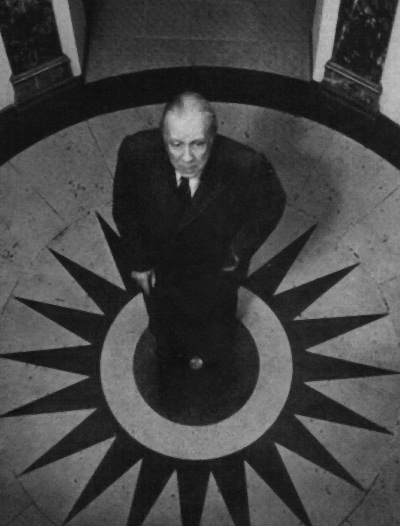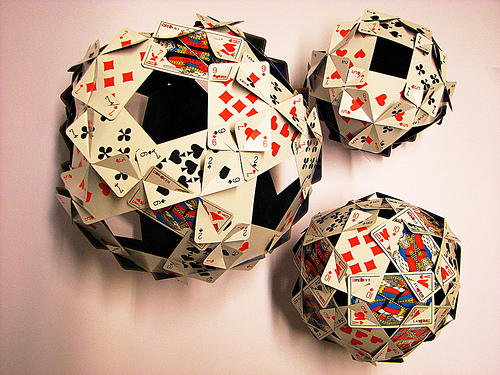Big Numbers
Today, let's talk about very large numbers. The University of Houston Mathematics Department presents this program about the machines that make our civilization run, and the people whose ingenuity created them.
Think of a big number. Perhaps you thought of a billion or a trillion. A kid may have shouted "gazillion!" A trillion is big. But much larger numbers appear in very real situations. For example, the number of ways in which a deck of cards can be arranged is 52 x 51 x 50 x ... and keep on multiplying all the way to 1. Once you are done multiplying these 52 numbers you will get a number 67 digits long. This number has 55 more digits than a trillion and is close to the number of atoms in the universe. The number of different arrangements of a deck of cards is vast: If you shuffle a deck well, you can be certain that nobody has played quite the same game ever before.
Many games lead to similarly large numbers of permutations: the number of positions in checkers has 20 digits. For chess it is a number over 40 digits long.
Large numbers appear frequently whenever we count the possible ways of arranging objects. You have probably heard of the Infinite Monkey Theorem: If you put some monkeys in a room and let them pound away on typewriters, they will eventually produce all the works of Shakespeare. Even if this was true, it would take an unimaginably long time.
In his story The Library of Babel, the Argentinian writer Luis Borges presents a similar idea. He described a strange universe of hexagonal cells lined by shelves of books. Each book is unique and consists of a different arrangement of 25 letters and symbols on 410 pages. All possible books that can be written with these 25 characters are somewhere in the library. Borges writes that therefore the library contains "the minutely detailed history of the future, the archangels' autobiographies ... the translation of every book in all languages, the interpolations of every book in all books."

The Argentinian writer Jorge Luis Borges
[Wikipedia: Photographer, José María Pepe Fernández (1929-2006), 1969 Paris.]
From Borges' description we can compute the enormity of the Library of Babel. The total number of books in the library has about a million digits. There simply is no useful analogy for numbers this large: the number of stars in the sky, and even the number of grains of sand needed to fill the entire visible universe do not even come close. The best I came up with is that "This number is really, really big" with perhaps a few more repeats of "really."
If you have trouble imagining such enormity, you are not alone. Some mathematicians even say that doing so is not only pointless, but meaningless. These ultrafinitists deny the existence of numbers that are too big to be physically realized.
Think of all the different ways in which you can hang the shirts in your closet, or all the ways cars could be arranged in the parking lot you may be passing. The possibilities are vast. Ours is just one of all the possible realities. But all other possibilities have been described somewhere in some book in the vast Library of Babel.
This is Krešo Josić at the University of Houston, where we are interested in the way inventive minds work.
(Theme music)
You can check here for a detailed explanation of how many books are in the library, or go here to download Borges' number.
The Infinite Monkey Theorem is discussed at https://en.wikipedia.org/wiki/Infinite_monkey_theorem.
You can read here about ultrafinitists https://en.wikipedia.org/wiki/Ultrafinitism. For a peek into the interactions between people who take this view and others in the mathematics community, you can read the opinions of Doron Zeilberger http://www.math.rutgers.edu/~zeilberg/OPINIONS.html
This episode first aired on May 22, 2013.
